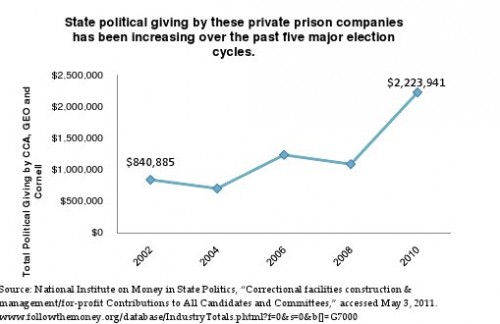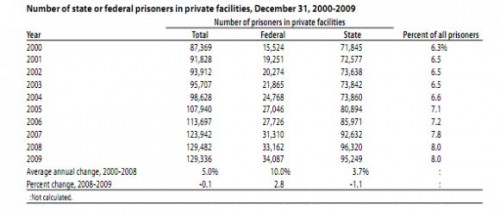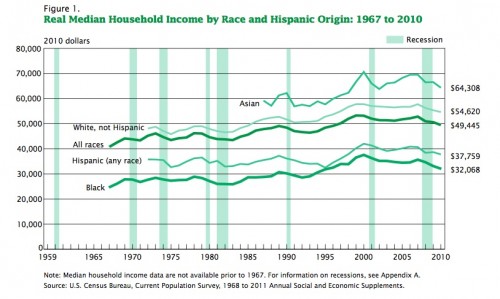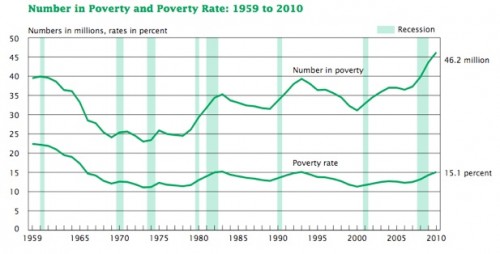Gay men and bisexual men still represent a disproportionate number of HIV cases in the United States (CDC). In addition, African-American and Latino men are significantly more likely than white men to be diagnosed with HIV and die from AIDS-related illnesses. Numerous HIV prevention campaigns are thus aimed at these populations.
It’s important to try to reduce the HIV among these populations, but we also need to think critically about how prevention strategies reinforce stigmatization.
For example, this ad from a western Massachusetts clinic uses the phrase “man up, get tested” — taking care of yourself by getting tested for HIV is linked to your masculinity. What’s interesting is that by including only men of color in the photo, the ad suggests that black and Latino men are particularly obsessed with their masculinity, more so, perhaps, than white men. It also potentially reinforces stereotypes about black men as hyper-sexualized and Latino men as machismo.
Second, a New York City campaign released in late 2010 uses fear to reach young gay men who are often thought to be complacent about the consequences of HIV disease now that life-saving medications are widely available in the U.S. and people can live with the virus for decades. Gay and bisexual men are encouraged to use condoms through a commercial that reminds viewers “it’s never just HIV” by featuring a close-up photo of anal cancer among other (potential) HIV/AIDS related illnesses. The video was applauded for its frank depiction of risk in the face of public apathy about the dangers of HIV/AIDS while simultaneously condemned for sensationalizing and stigmatizing gay sex:
In the face of stark HIV/AIDS inequalities among gay men and people of color, it’s clear that new prevention strategies are needed. At the same, however, we also need to think about how we reinforce damaging and stigmatizing ideas about race, gender, and sexuality.
——————————
Christie Barcelos is a doctoral student in Public Health/Community Health Education at the University of Massachusetts Amherst.
If you would like to write a post for Sociological Images, please see our Guidelines for Guest Bloggers.













